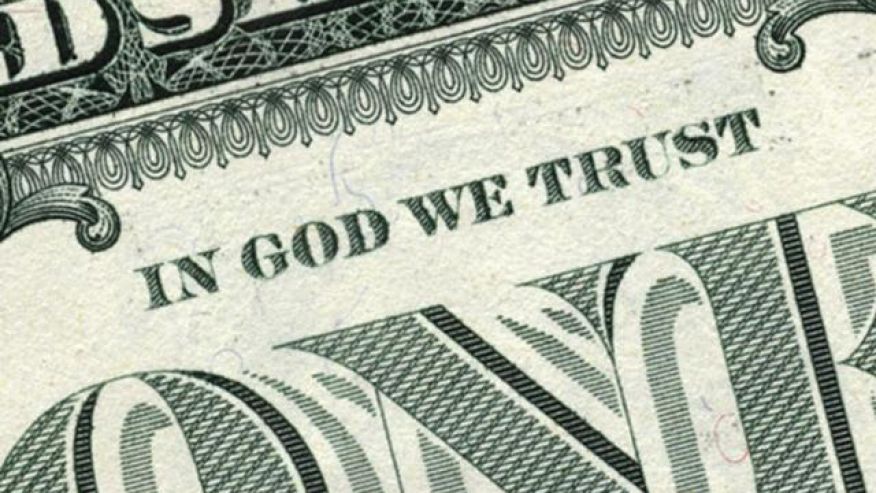The Faithful in Freefall? : Religion in America
By Aidan Coyne
On May 12, Pew Research Center released its long-awaited survey on the state of religion in the United States. Its scope was comprehensive, including 35,000 Americans from all 50 states and representing every conceivable demographic group from all walks of life. The results paint a clear picture of the changing landscape of religious faith in our nation.
Put simply, traditional religion is facing big problems. Across every demographic group, there has been a decline in religious belief. Those with college degrees or high school diplomas, both women and men, Asians, Latinos, and African Americans, none of these groups have avoided this irreligious trend.
What are the numbers in question? In 2007, Pew conducted an equally large survey on religion. In just seven years, Americans who identify as “Christian” fell from 78.5 percent in 2007 to 70.5 percent today. In this same span of time, the percentage of Americans who identified their religion as “unaffiliated” jumped from 16 percent in 2007 to nearly 23 percent in 2014; the “unaffiliated” category includes atheists, agnostics, as well as those who say their religion is “nothing in particular.” Not all denominations and variations of Christianity have been equally affected. While Catholicism and Mainline Protestantism (Lutherans, Episcopalians and Methodists) have seen a precipitous drop in adherents, evangelical Christianity has been affected to a far lesser degree. And while Christianity has undeniably become less prevalent in American society and the unaffiliated have become more so, other religious traditions buck the overall trend that speaks of an increasingly secular nation. Buddhists remain at the same proportion of those polled by Pew that they were measured in 2007, at just a shade under one percent. Hindus and Muslims, on the other hand, are growing as a percentage of Americans, though their gains are modest at the absolute level and have come about mostly through increased immigration.
One may believe that the Pew results are not a big deal. After all, seven out of ten Americans still identify as Christians, while outright atheists number only barely above three percent of the overall population. Looking at the numbers in absolute terms, an observer may wonder if much is being made out of nothing, that hand-wringing from pastors and celebrations from Richard Dawkins and company are premature.
This would be a mistake. When looking at surveys like this one, it’s crucial to watch the trends. A nearly ten percent drop in Americans who identify as Christians would represent a loss of roughly 30 million people since only 2007. If we extrapolate this trend, Christianity would lose another 60 million followers by the year 2030, while the population itself would be growing. The Pew survey also reveals that a growing number of Christians are marrying unaffiliated spouses. History from the Jewish community tells us that when members of a religious group enter into inter-religious marriages, the children of these unions are more likely to be secular than children who have parents from the same religious tradition.
More evidence of a growingly irreligious America comes by means of analogy. The United States is without a doubt a Western nation. In countries that are typically classified as “Western”, the trend over the past century has been a dramatic shift toward secularism. It is not out of the ordinary, for example, for church attendance in European nations to be less than ten percent. And while other factors may contribute to European atheism and agnosticism, namely the horrors of the two aptly named World Wars, these countries are remarkably similar to the United States in terms of culture and material wealth. It makes sense that many of the forces and pressure responsible for Europe’s break from faith, and from Christianity in particular, are also in play within American society.
It is difficult to predict the future, even given the new evidence. It is possible that the number of true believers in Christianity were always lower than the ones stated, because people felt a pressure to identify with the same beliefs as everyone else. Now that the stigma of possessing non-traditional beliefs have lessened in recent times, it is a possibility that these numbers just represent the falling away of the “low-hanging fruit” who always held these beliefs. Nonetheless, it is hard to refute that there has been a decline of religious belief among Americans, especially in the youngest generations. Whether this movement is “good” or “bad” is beyond the scope of what is answerable; partisans on both sides, the devout believers and the convinced atheists, will decry a world with or without religion. It is perhaps most fair to recognize that religion has been both a force for good and evil in the world, a springboard for the likes of both Martin Luther King and Osama bin Laden, and that society could both stand to gain and lose in certain ways as it becomes more secular.
The French historian Jules Michelet once wrote, in a statement often misattributed to his more famous compatriot Victor Hugo, “Religions pass away, but God remains.” While the existence of a God, or perhaps multiple gods, is exactly the question at stake, it remains a correct statement to note that human societies have tended to always retain some type of religious belief. The question of religion is inextricably bound up in questions of meaning and ethics; therefore as some concepts lose their sense of value and sacredness, others will pick them up. At the risk of sounding trite, only heaven knows what the future has in store for American religion.
